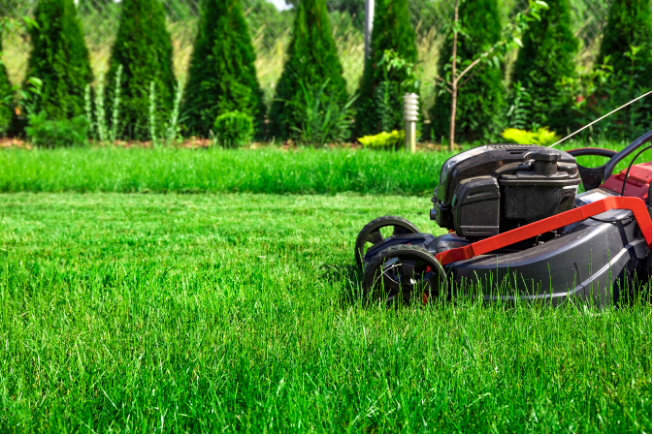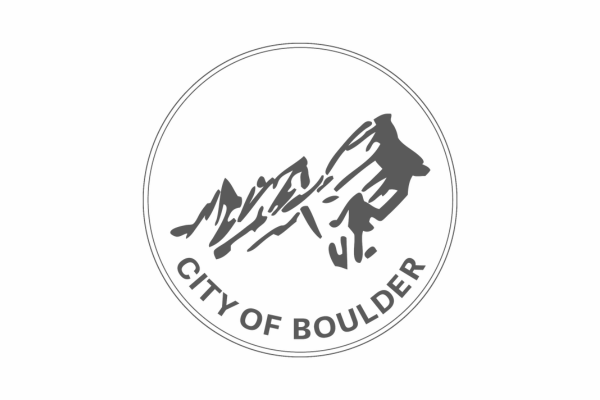When and how you mow plays a crucial role in your lawn’s health and appearance. Follow these best practice lawn mowing tips below to ensure that your grass thrives all summer long!
Mow at the right time of day
![]() Avoid mowing when it’s too hot or too cold. Heat can stress the grass, and cold can lead to frost, dew, and disease. In spring and fall, try mowing in the middle of the day when it’s warmer. In summer, mow early in the morning or later in the evening when it’s cooler.
Avoid mowing when it’s too hot or too cold. Heat can stress the grass, and cold can lead to frost, dew, and disease. In spring and fall, try mowing in the middle of the day when it’s warmer. In summer, mow early in the morning or later in the evening when it’s cooler.
Mow when the grass is dry
![]() If you mow when your grass is wet, it can lead to a variety of problems from uneven cuts to mower damage to spreading fungal diseases. It also is harder to cut and you risk slipping (and possibly falling) on the wet grass. Lastly, putting weight on wet ground compacts soil and can cause ruts, making your ground uneven and less permeable to air, water, and nutrients.
If you mow when your grass is wet, it can lead to a variety of problems from uneven cuts to mower damage to spreading fungal diseases. It also is harder to cut and you risk slipping (and possibly falling) on the wet grass. Lastly, putting weight on wet ground compacts soil and can cause ruts, making your ground uneven and less permeable to air, water, and nutrients.
Mow the right amount
![]() If you have a traditional Kentucky bluegrass lawn, you’ll likely need to mow every 3–4 days in the spring and fall, and every 7–10 days in the summer. Aim to mow when the grass is about 3.25 to 4.5 inches tall, cutting it down to around 2.5 to 3.5 inches. Never cut off more than one-third of the grass height at once — cutting too much or mowing too short can stress the grass.
If you have a traditional Kentucky bluegrass lawn, you’ll likely need to mow every 3–4 days in the spring and fall, and every 7–10 days in the summer. Aim to mow when the grass is about 3.25 to 4.5 inches tall, cutting it down to around 2.5 to 3.5 inches. Never cut off more than one-third of the grass height at once — cutting too much or mowing too short can stress the grass.
Leave grass clippings
![]() Clippings provide numerous benefits for your lawn and soil. They help cover bare spots, protecting the soil from sun, wind, and rain. Additionally, clippings act as a free fertilizer, enriching the soil with nutrients as they decompose. They also stimulate the growth of beneficial microbes in the soil and aid in conserving moisture, contributing to a healthier, more resilient landscape.
Clippings provide numerous benefits for your lawn and soil. They help cover bare spots, protecting the soil from sun, wind, and rain. Additionally, clippings act as a free fertilizer, enriching the soil with nutrients as they decompose. They also stimulate the growth of beneficial microbes in the soil and aid in conserving moisture, contributing to a healthier, more resilient landscape.
Find more tips on the Lawn Love website and Colorado State Extension website.












